How Social Media Helped Narendra Modi Win
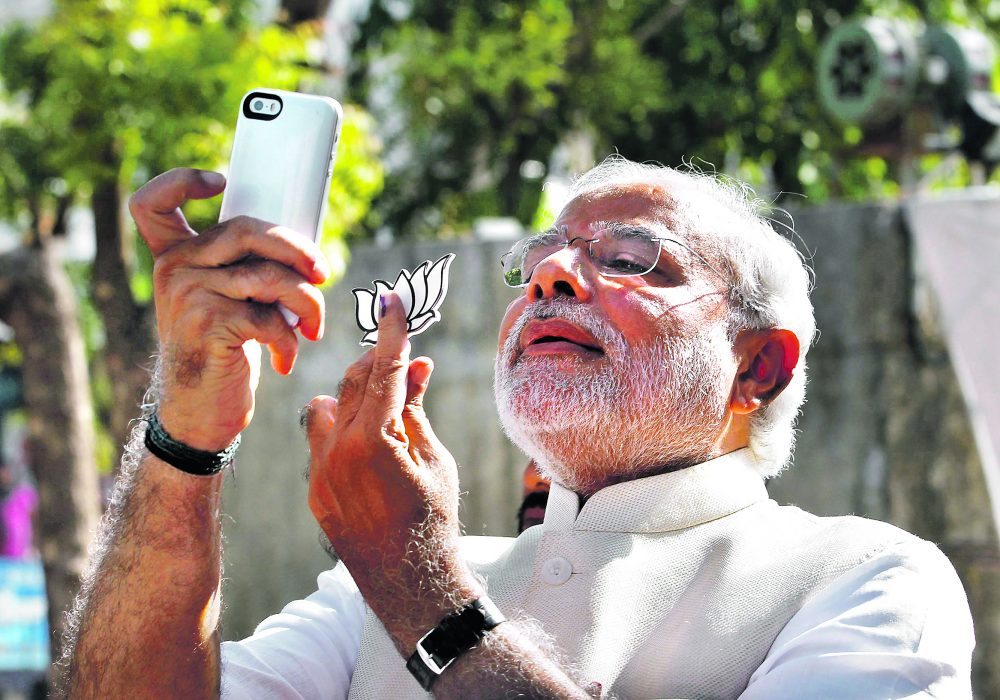
Narendra Modi, leader of the Bhartiya Janata Party, won the 16th Lok Sabha elections on Friday. The stocks rose above the 25,000 mark for the first time, and the Rupee is finally getting stronger. As promised, the economic growth is moving forward in full force, but will this win deter and stunt us an independent inclusive state? Will the new ruling party ensure that the needs of the minorities are catered to? The nation is abuzz with questions about what Narendra Modi’s first big move as the Prime Minister of India may be.
While the country debates about the pros and cons of Modi’s victory. We decided to take a step back and take a look at the party’s strategic online campaign which subsequently led to their smooth win.
Futuristic Campaigning
There is no debate about the fact that political campaigns can be no longer constrained to traditional rallying. We’ve got something bigger and better connecting the voters and the potential leaders – the World Wide Web. The Bhartiya Janata Party ensured they had a strong online presence across each of the social media platforms – Facebook, Twitter, Google+ and YouTube.
While the BJP party campaigned extensively across the country, conducting rally’s in every village, town and city; they did something clever. They went a step ahead and used various methods of technology to keep their voters feeling included. Many rural areas which were hard to reach and had no access to the internet, screens were staged and recorded speeches were played. Through Facebook, the 14 million followers could track Narendra Modi’s every move during the campaign. Meetings with dignitaries, selfies with celebrities, were shared. It was used as a mini blog, giving an impression that we are directly receiving messages from the Narendra Modi himself. His YouTube channel, has an extensive collection of speeches and interviews. The speeches were available is several regional languages.
#ModifiedIndia
On Twitter, @NarendraModi’s victory tweet, “India has won” created record history by becoming the most retweeted and favourited tweet from India. After Barack and Michelle Obama, he is now the most followed politician on Twitter. #Tsunamo, #Modiheadto2RCR, #Mission272 and #ModifiedIndia were some of the top trends on Twitter for days.

While Narendra Modi has more than 4million followers on Twitter, Rahul Gandhi doesn’t even have a verified Twitter account. The second most followed contestant on Twitter was Arvind Kejriwal, leader of the Aam Aadmi Party. It could be considered as an attempt to keep his following informed, however his tweets were mostly overconfident grumbling and blatant false promises. Much like most of Kejriwal’s campaign, his rants were ill-focused and misguided. On the other hand, Modi’s team used the platform what its meant for, connecting and building a sense of community through short eloquent messages.
Brand Modi
Social Media Marketing works on one key concept – the appearance of underlying messages coming from a trusted source. The smartest move by BJP, was having a clear cut face for each of the platforms. More than promoting Bhartiya Janta Party, Narendra Modi’s name and face was everywhere. It is a classic case of branding – they have a focus group (the entire population of India), a client brief (their election manifesto) and a product (Mr Modi).
Overall, they used social media exactly like every major enterprise in the world is now using. Why shouldn’t they? A campaign is synonymous to a sales pitch. One that BJP mastered to the notch.
While many attributes may have contributed to BJP’s win, one has to give the credit to the party’s attempt to plan ahead and use the strongest connectivity tool existent today. The outcome of the five years is yet to be seem, but the party needs to be given respect for smartly using social media to mobilize and include the masses. This also helped them promote an image of complete transparency.
The slant and leaning of each of the political parties campaign’s were entirely reflected through their social media campaigns. Arvind Kejrival’s feeble attempt, Narendra Modi’s strong hold on the medium and Rahul Gandhi’s presence was entirely non-existent.
















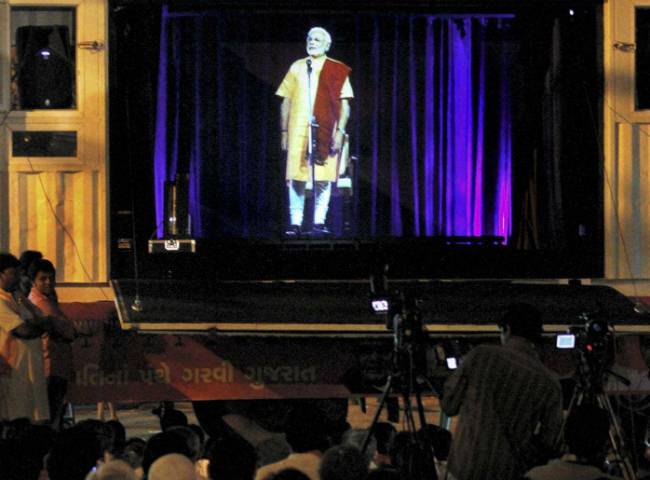

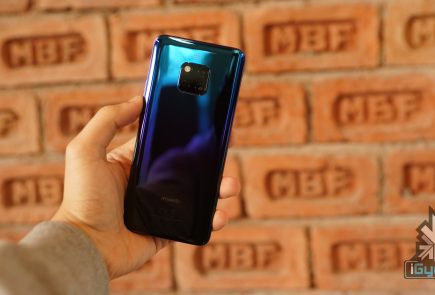
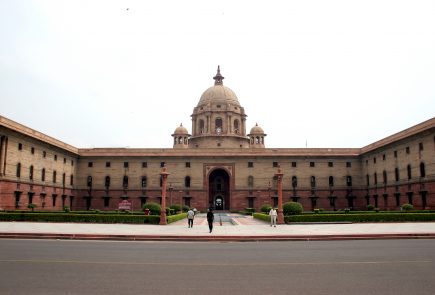
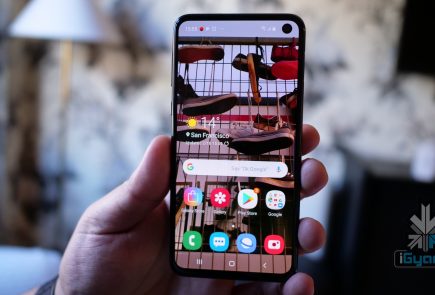
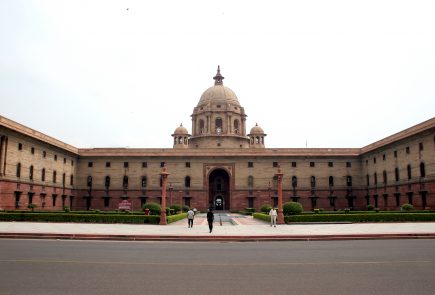
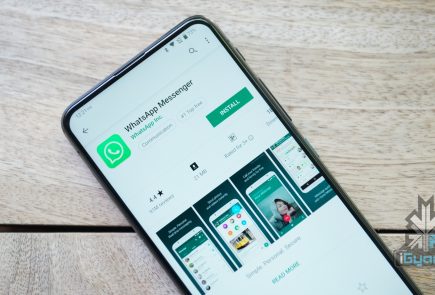
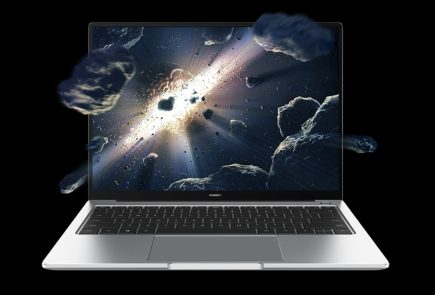


 ! For i
! For i

